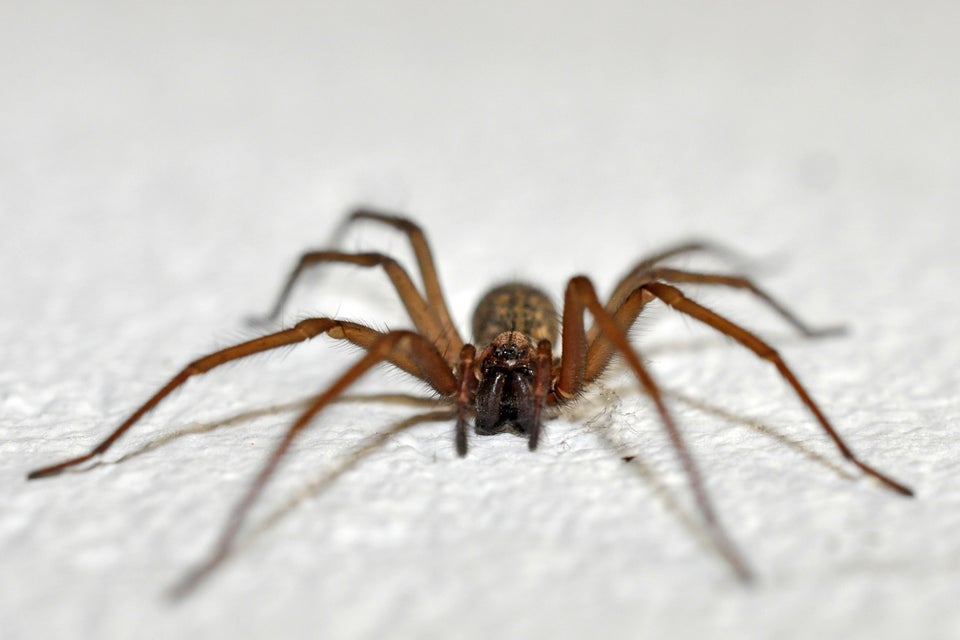A parasitic fly is creating what San Francisco State University researchers are calling zombie bees -- and the details of infection are straight out of a horror movie.
San Francisco State University professor John Hafernik has been observing the peculiar behavior of what he calls “zombees” since publishing a study on them in 2012. His research into the phenomenon started when he noticed a few honey bees on the SFSU campus walking around in circles on the ground. He collected them in a vial to feed to his pet praying mantis but realized shortly after that the bees were hosts to the parasitic Phorid fly.
“I put them on my desk and forgot about them. When I came back in a week or so and looked at it, that vial was filled with just a large number of these little brown fly pupae,” Hafernik told KQED. “And that’s when I knew that those bees were parasitized.”
The tiny Phorid fly injects its eggs into the honey bee’s abdomen, where they hatch and begin to eat the bee alive from the inside. After death, the flies then crawl out of the bee's neck. The visual is nauseating, but it’s the time between being parasitized and perishing -- the “zombee” period -- that Hafernik is trying to understand.
“The bees that are parasitized essentially get bee insomnia. They leave their hives at night, which is a really bad time for honey bees to be leaving their hives,” Hafernik explained. “Bees that fly away at night basically are on a flight of the living dead. They’re not coming back.”
From there, the parasitized bees congregate around a light source only to fly in senseless circles, and right before dying, begin exhibiting more curious behavior. Lead author of the study, Andrew Core, explained that most bees sit in one place and curl up before they die, but the “zombees” begin to lose control of their legs.
“They kept stretching them out and then falling over,” Core explained. “It really painted a picture of something like a zombie.”
Hafernik reports that nearly 80 percent of the hives his team has studied were currently or previously infected by the fly, a compelling statistic as researchers try to determine the cause of the honey bee’s mass decline, a major threat to agriculture reliant on the bees’ pollination.
To expand the research, Hafernik launched ZomBee Watch, a website he calls a citizen science project that enlists anyone to become a “zombee hunter” by collecting bees they find near lights and uploading information about their sample to the website.
“It brings together entomologists with knowledge of insect behavior, computer scientists with skills in programming and design, and the public at large with their observational abilities, their concern for honey bees and their desire to make a difference,” Hafernik blogged on HuffPost.

